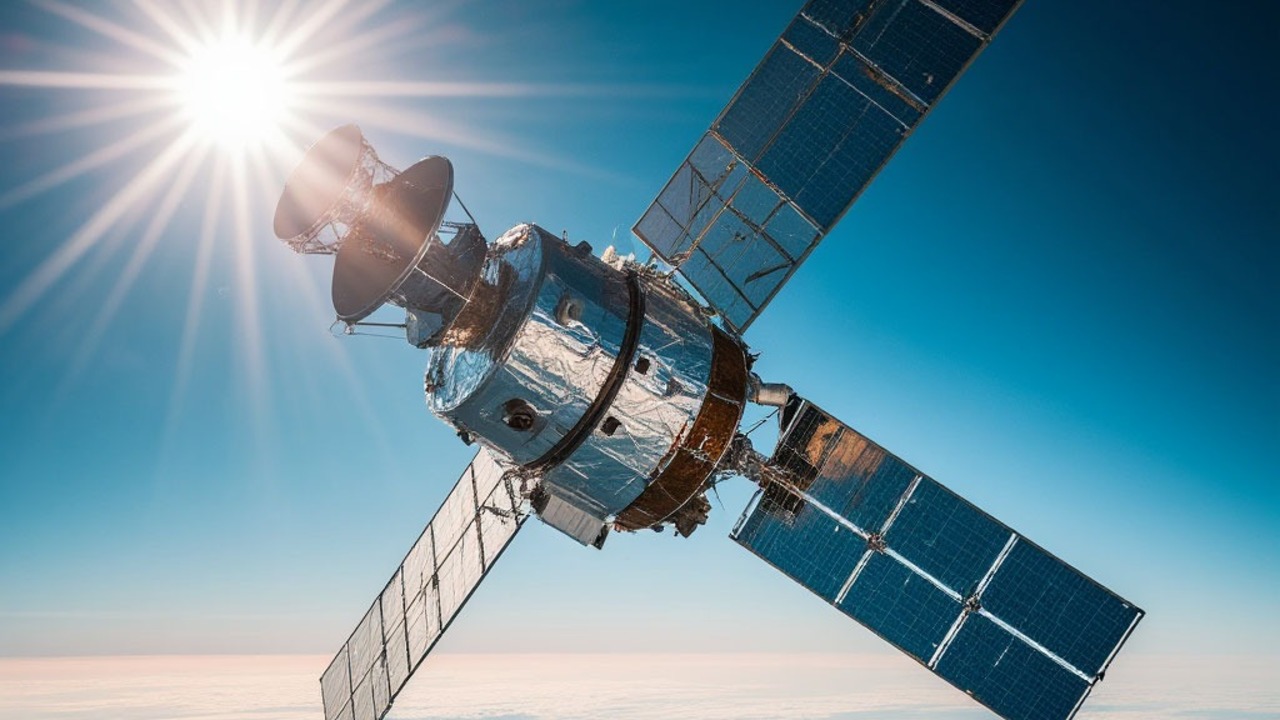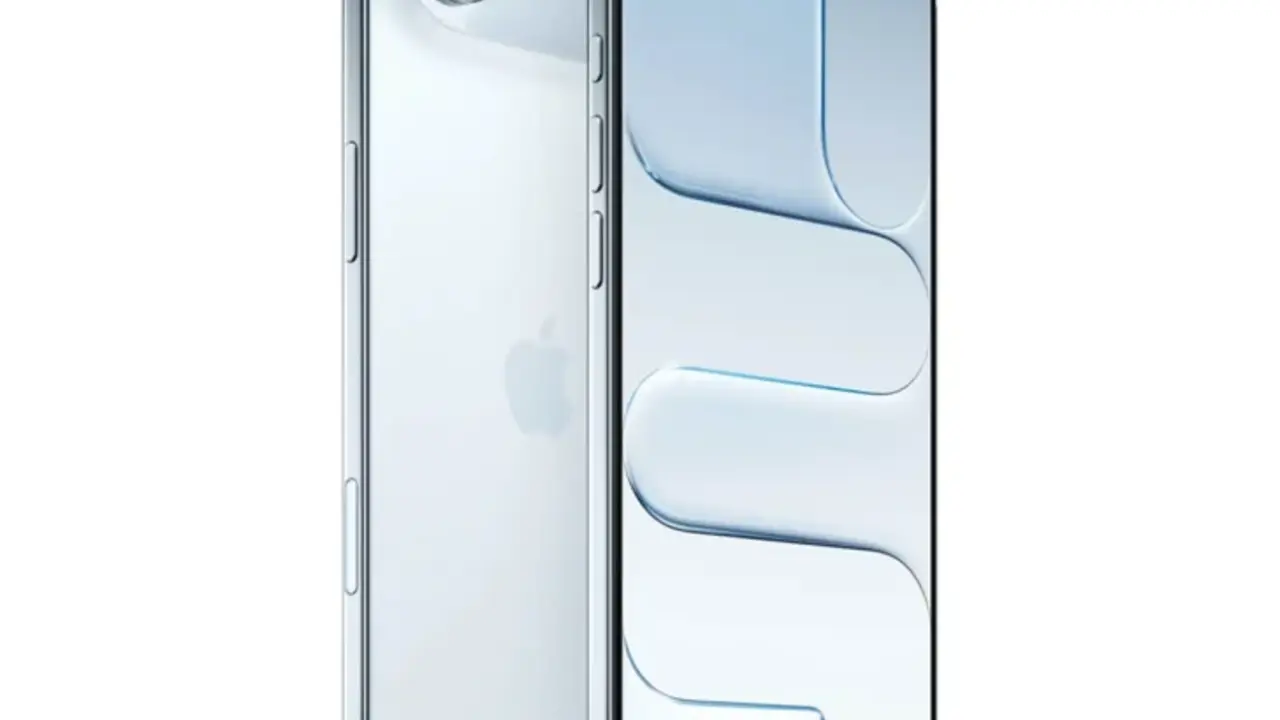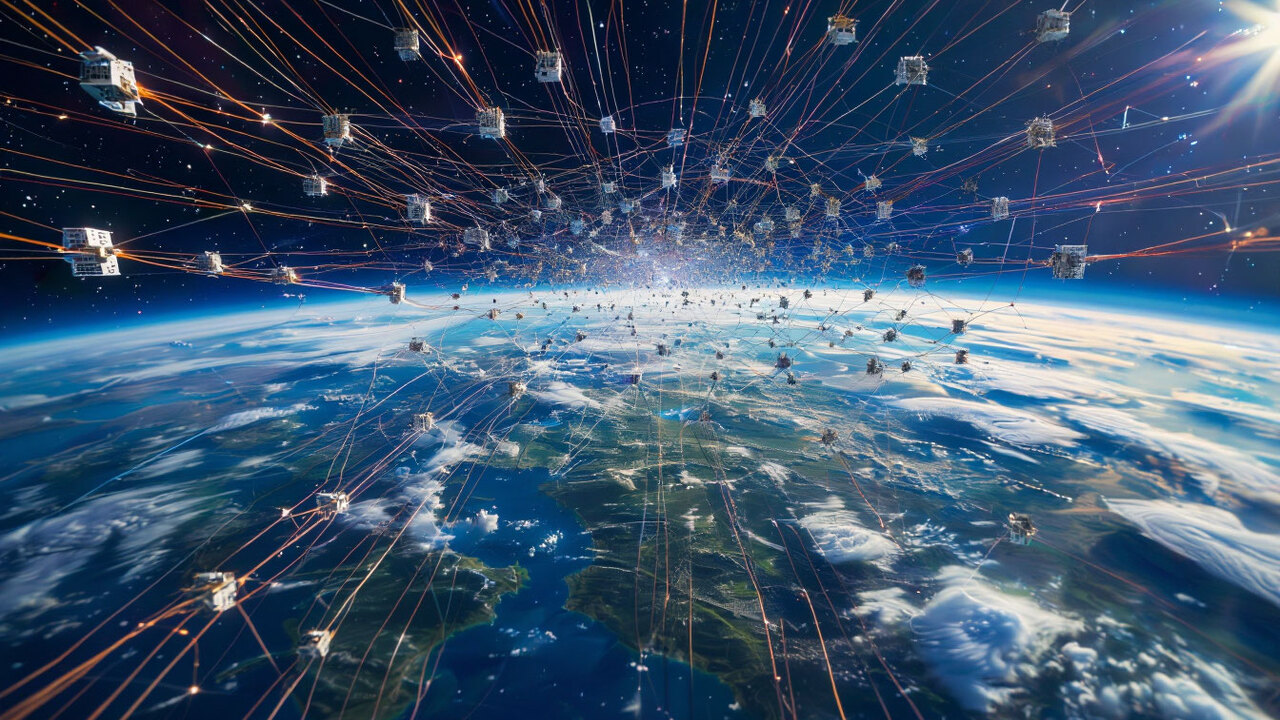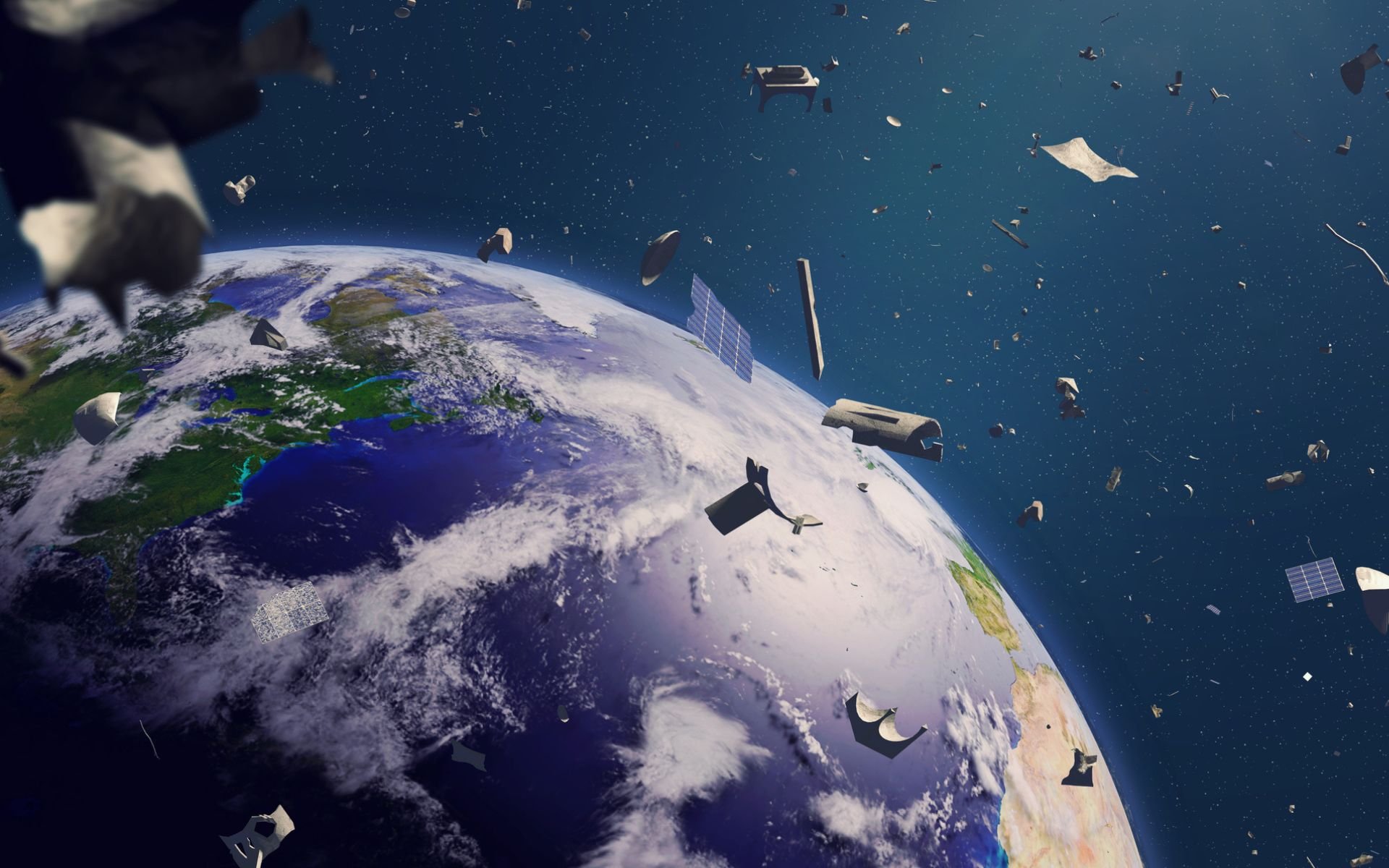With the launch of many satellites in recent years, the use of the space environment around the Earth has become widespread. One of those responsible for this situation is billionaire Elon Musk, who is creating a satellite fleet with the Starlink project.
Unfortunately, this scenario also created some problems that people could not have imagined; For example, Millions of pieces of space debris orbit the planet and can cause dangerous collisions.
Every satellite that enters orbit has the possibility of becoming space debris, either due to disuse or planned destruction. It’s not surprising at all The United States, Russia, China and India have already shot down some of their own satellites, creating more small space debris.
The biggest problem is that this small debris is traveling at approximately 25,200 kilometers per hour in low Earth orbit.; That is, if they collide with another satellite or spacecraft, they may cause irreparable damage. With the growth of the Starlink constellation and the constant launch of satellites, space around Earth is expected to accumulate more debris over the next few years.
Types of space debris
According to information received from the European Space Agency (ESA), As of December 2023, more than 35,000 pieces of space debris were being regularly tracked in orbit around the planet. More than 640 collisions, explosions, and other types of events have already occurred as a result of the disintegration of these satellites and space equipment.
“The main cause of in-orbit explosions relates to residual fuel remaining in fuel tanks or lines or other remaining power sources left on board after the launch of a rocket stage or satellite into Earth orbit… The result of the explosion can destroy the object. It spread its mass across a large number of fragments with a wide range of masses and transmitted velocities, ESA said in an official statement.
satellite constellations
Some experts say that satellite constellations that continue to be sent into space may lead to risky situations in the future. With the exponential increase in satellites, this can become a real problem when those satellites are no longer used by the companies that put them there, like SpaceX.

Constellations do not pose a big problem for now, especially since these satellites have an autonomous system that predicts possible collisions and maneuvers to avoid any accidents.
“Residual risk is potentially a problem. As the number of maneuvers they make increases, they may still be involved in a collision despite all their efforts. “With a greater number of low-probability events, there is also a greater collective probability that an impact will occur,” Hugh Lewis, a British space debris expert and professor of astronautics at the University of Southampton, said in a message to the website. space.
Chinese anti-satellite
An anti-satellite device from China has already shown how big a problem debris can pose to humanity. In 2007, an anti-satellite missile test hit the Fengyún satellite, shattering it into small pieces that scattered in all directions. This debris contaminated the planet’s near-space environment, and approximately 2,800 pieces began floating uncontrollably around Earth, threatening to destroy everything in its path.
“Remnants of this single event were probably responsible for approximately 15% of intersections [aproximações a outros objetos] occurred last year. “Every 15 minutes we’re broadcasting link messages containing pieces of this collision,” Darren McKnight, senior technical researcher at private debris tracking company LeoLabs, said in an interview. into the void.
Satellites and rocket debris
Most often old satellites and space rocket remnants are big problems of space debris as they are the vehicles most frequently sent into space. This is also the case with rocket stages sent during the Cold War; after all, they do not have the ability to move away from space devices currently in use.
For example, the SL-16 platform used by the Russian Zenit rocket is 11 meters long and weighs approximately 9 tons. According to McKnight, It’s as if a large school bus with no driver or brakes were orbiting the Earth, so a major collision wouldn’t be a surprise.
Older satellites such as Envisat, which is used to observe Earth, can also pose a major hindrance due to their weight of 8 metric tons. Its use was discontinued in 2012 and it orbits the Earth at a distance of 800 kilometers from the Earth’s surface. NASA’s generation of Landsat satellites is also concerning because only two of the nine satellites launched remain operational; They weigh between one and three tons and orbit at altitudes between 700 and 900 kilometers.
Always stay up to date on all space-related curiosities at TecMundo. If you wish, take the opportunity to understand how the expansion of satellites prevents radio astronomers from observing the sky.
Source: Tec Mundo
I’m Blaine Morgan, an experienced journalist and writer with over 8 years of experience in the tech industry. My expertise lies in writing about technology news and trends, covering everything from cutting-edge gadgets to emerging software developments. I’ve written for several leading publications including Gadget Onus where I am an author.













